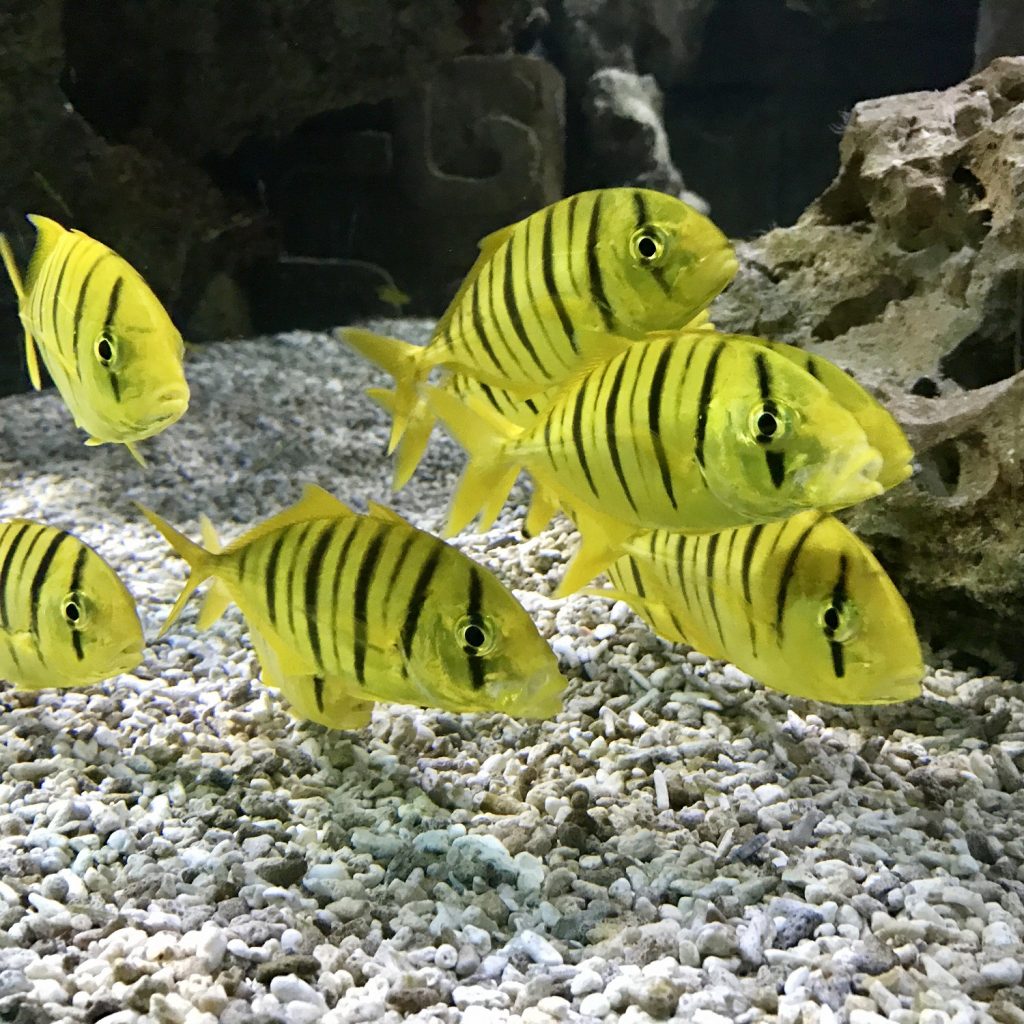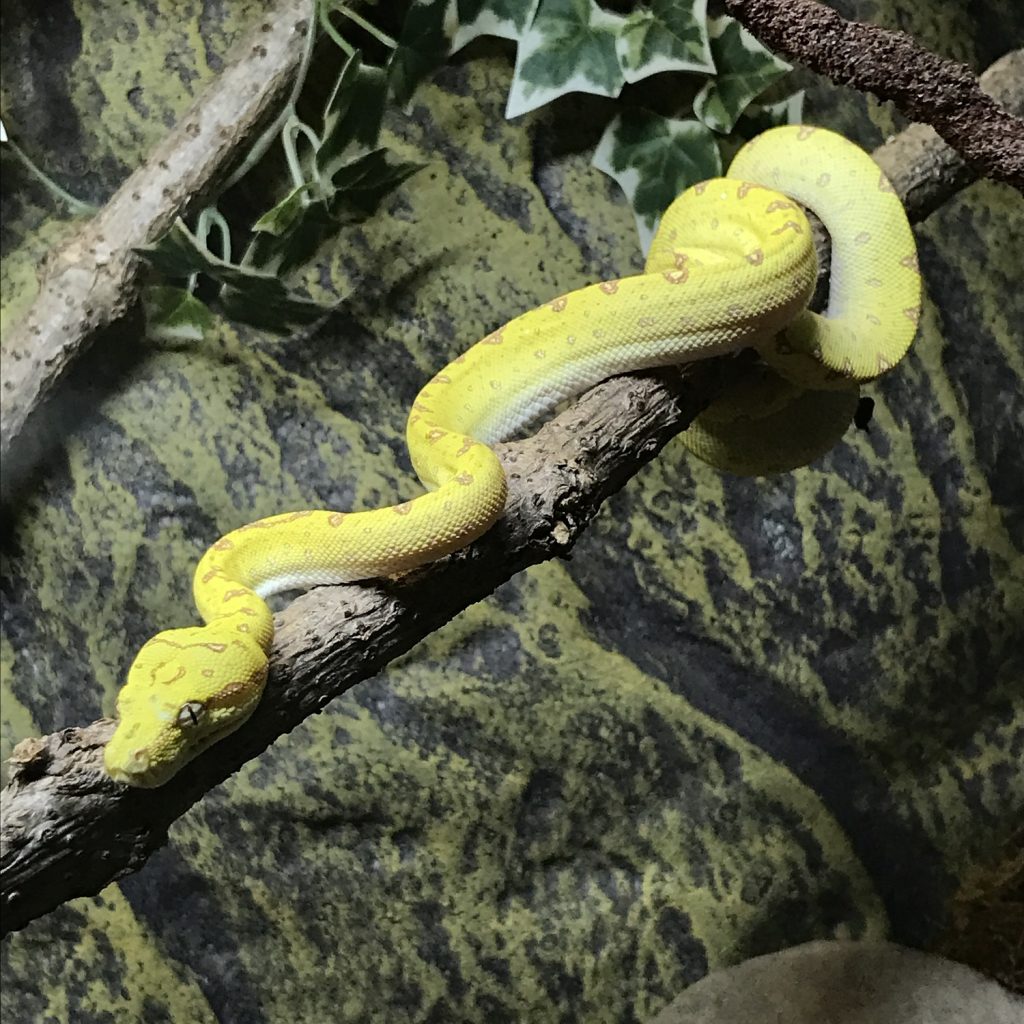Ever wondered whether fish are reptiles? They both live in water, so they must be right? The similarities don’t stop there either, so surely, they are? Well, not quite.
To put it bluntly: no, fish are not reptiles. But we’ll get to the bottom of things in a lot more detail for you below…
What is a fish?

It feels a little funny asking this question. After all, everyone knows what a fish is. What we mean by asking this is: what class do fish belong to? Humans belong to the class mammals, while reptiles belong to the class Reptilia.
95% of fish, on the other hand, belong to the class Actinopterygii which can be split into three main subcategories: jawless fish, bony fish and cartilaginous fish (which means their skeletons are mainly cartilage). Fish are also considered animals, and they are vertebrates, which means they have a backbone inside their body. Still with us?
Features of fish
- An underwater home
So, what makes a fish a fish? Probably the most obvious feature is that, of course, they live entirely underwater. To do this, they breathe through gills – though certain kinds of fish (like lungfish) can actually breathe air! These gills absorb oxygen from water and release carbon dioxide, which is what allows them to breathe.
- Fins and scales
They also have fins rather than feet, which lets them move through water in a smooth, streamlined manner. The pelvic and pectoral fins let the fish remain stable, while the dorsal and ventral fins stop them from rolling over, and help them to turn too. The tail fin, meanwhile, is what keeps the fish moving forward when swimming.
Many of them are covered in scales, and they aren’t just for decoration either – some fish have what’s called a lateral line, a special row of scales with their own in-built sensors to detect movement. Handy, right?
- Cold-blooded
Fish are cold-blooded too (or ectothermic to give it its fancy name). Cold-blooded species can control their body temperature by using the outside temperature; so the body temperature of a fish changes as the temperature of the environment around it changes too.
- Swim bladders
This strange-sounding thing is an essential part of a fish’s anatomy. A special organ filled with air, the swim bladder keeps fish buoyant in the water, stopping them from sinking to the bottom or floating too far to the top – which comes in especially handy when it’s time for fish to sleep.
Although there’s some overlap between the features of fish and reptiles, as you’ll soon see, there’s a lot that sets them apart too.
What is a reptile?

As we said earlier, reptiles belong to the class Reptilia which includes species of snakes, lizards, turtles, alligators and crocodiles. Like fish, they are cold-blooded vertebrates but we’ll soon see that there are plenty that sets them apart, which explains why fish are not reptiles. Let’s take a look.
Features of reptiles
- Legs and limbs
All reptiles are tetrapods, which is another way of saying that they have four limbs (like turtles and crocodiles) or are descended from four-limbed animals (like snakes). Even without these limbs, of course, snakes are still one of the most skilled and scary predators on the planet.
- Lungs
All reptiles breathe through lungs. What’s interesting is that different kinds of reptiles breathe in completely different ways. Lizards breathe using the same muscles they use to run, so when they’re running, they actually have to hold their breath! Crocodiles have more flexible and muscular diaphragms, which creates more space for the lungs to expand – they also have bony secondary palates so they can breathe while underwater too.
- Scales
Like fish, reptiles also have scales. And although they look quite similar, they’re used for different things. The scales of reptiles help provide them with a layer of protection since they’re made of a tough protein called keratin. Their scales also prevent water loss so they can stay hydrated too. The shells of turtles and outer armour of crocodiles serve the same purpose, but these bony structures, formed deep in their skin, are actually called scutes.
- Heart
Reptiles have a four-chambered heart – which actually makes them quite similar to mammals. As such, the chambers of a reptile’s heart function the same way, separating oxygenated blood and deoxygenated blood from each other. Fish, on the other hand, have a two-chambered heart consisting of an atrium and a ventricle, which are used to pump blood through their bodies.

What are the differences between a fish and a reptile?
By now, you should be getting more of a sense of why fishes aren’t reptiles, but let’s take a look at some other reasons why the two are different.
- While fish only live in water, reptiles can live in both land and water. These kinds of reptiles, known as marine or water reptiles, may spend all their time in water, or they may move between land and water. Marine iguanas love to sunbathe on rocks, but they’re happy to go for a dip in water to cool down afterwards.
- Most reptiles are oviparous, so their newborns hatch from eggs that are fertilised inside the body. Most fish, on the other hand, lay eggs in water which are then fertilised by the male.
- They also differ in what they eat. Fish tend to dine on fish, but some of them eat plants and plankton (microscopic organisms that live in the ocean). Reptiles feed on other animals like birds, lizards, snakes and mammals – they’re not known for eating their greens.
- During the winter, reptiles tend to go into hibernation, where they rest until the weather gets warmer again. When lakes, ponds, rivers or streams freeze, the layer of ice actually provides some warmth for the fish in them. And since water sinks in really cold freshwater, fish gather at the bottom in groups so they can stay extra warm. Here, they take it easy, and their heartbeat and breathing become far slower than usual.
We hope everything you’ve just read has helped you understand the differences between fish and reptiles. For more know-how about the deep and the who lives there, head to the blog or come say hi and see these amazing creatures up close and in person by paying us a visit!
